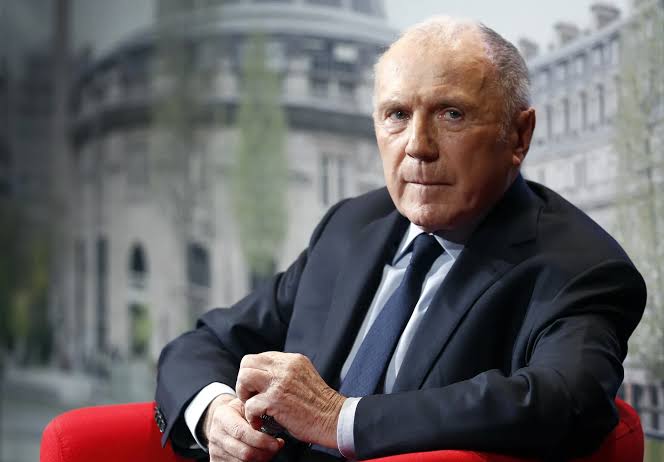
Art collecting is still the most sophisticated and valuable way to invest, even while the world of wealth and culture changes all the time. As of 2025, the world’s greatest art collectors many of whom are billionaires from banking, tech, and industry still drive the market by making record-breaking sales and giving money to big institutions. These people and couples have collections worth billions of dollars, combining their love of art with smart purchases. This list shows the top 10 based on estimated collection values, net worth connected to art holdings, and influence in the art world. It is based on recent Forbes rankings, auction house reports, and art market studies. Their collection includes Impressionist and modern classics, and they typically show them in private museums that are as good as public ones.
List Of Top 10 Richest Art Collectors In The World 2025
1. Leon and Debra Black
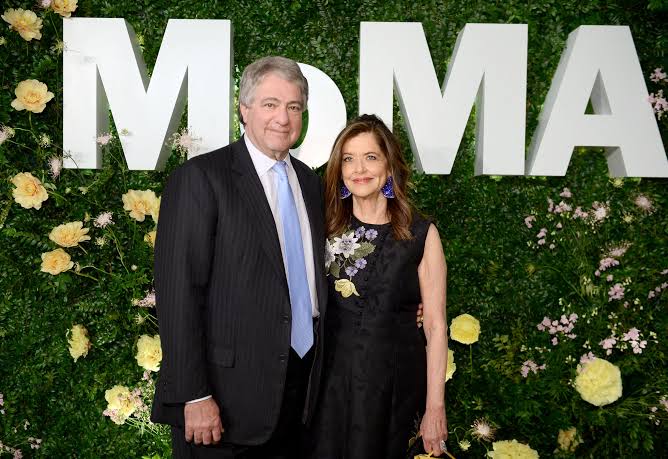
Leon Black and his wife Debra have one of the most valuable private collections in the world. By 2025, it is projected to be worth more than $2 billion. They own Edvard Munch’s The Scream (which they bought for a record $120 million in 2012) as well as pieces by Picasso, Van Gogh, and Pollock. Leon is worth $14 billion, and he loves art. He is the former chairman of MoMA and has given $40 million to help it grow. The pair has given money to the Melanoma Research Alliance ($25 million) and Dartmouth College ($48 million). Even though there have been problems in the past, their collection is still a sign of good judgment in Modern and Impressionist art.
2. Eli and Edith Brody
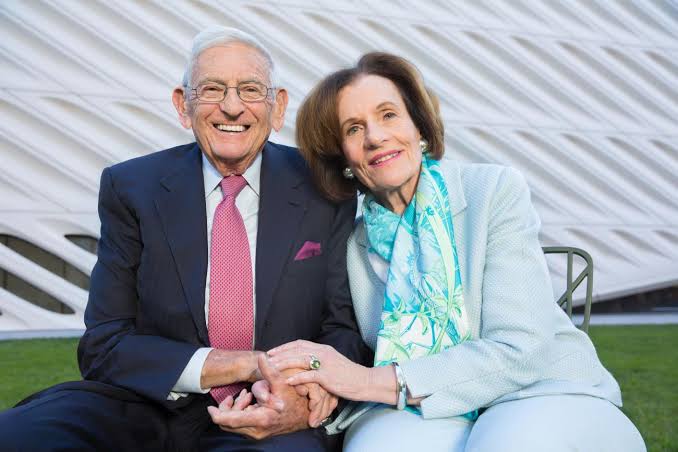
The Broad museum in Los Angeles, which has nearly 2,000 postwar and contemporary pieces worth $3 billion the foundation’s total assets keeps the memory of Eli Broad (d. 2021) and Edythe Broad alive. Key artists in the collection are Jeff Koons, Andy Warhol, and Jean-Michel Basquiat. The collection is lent to institutions around the world. Eli made his money in real estate and insurance, which helped him build this enterprise. The Broads gave $60 million to LACMA and $28 million to Michigan State University’s art museum. Edythe keeps up their work, stressing accessibility admission is free making their collection a public asset in the arts and education, where they have given away $4 billion.
3. Steven Cohen
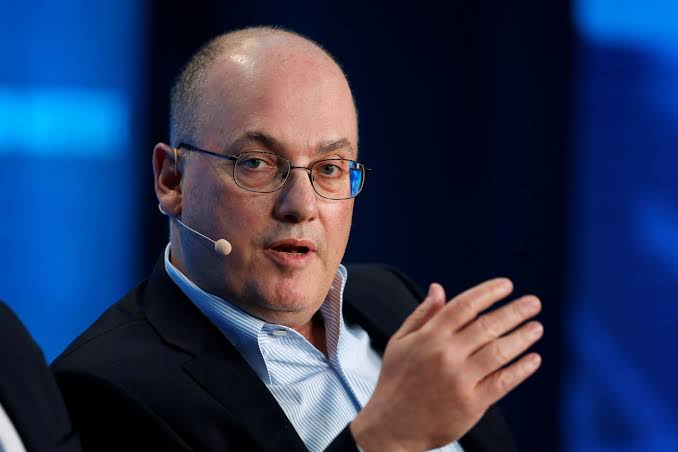
Steven Cohen, a hedge fund giant, spent $1 billion for a modern art collection that includes Picasso’s Le Rêve ($155 million), Alberto Giacometti’s Man Pointing ($141 million), and Damien Hirst’s formaldehyde shark. Cohen, who owns the New York Mets, has a net worth of $21.3 billion. He collects “trophy” works by Warhol, Koons, and de Kooning. His Steven & Alexandra Cohen Foundation gives $50 million to MoMA and helps veterans’ health. Cohen’s Point72 Asset Management does well in 2025, which leads to more purchases. His Greenwich estate serves as a private gallery, combining his skills in finance with his dominance in the art market.
4. Henry and Marie-Jose Krevis
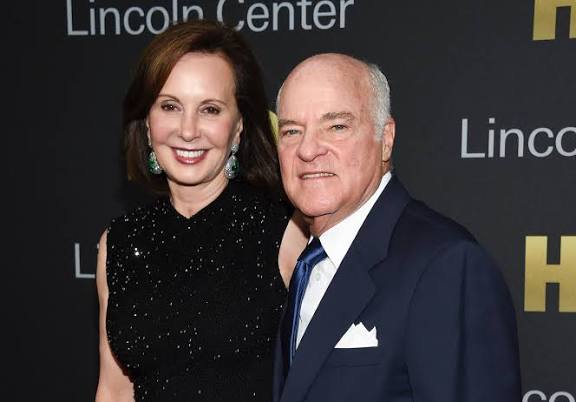
Henry Kravis, a private equity giant with a net worth of $8.7 billion, and economist Marie-Josée Kravis put together a collection of Impressionist works valued more than $1 billion, including Monet, Renoir, and Matisse, as well as furniture from Louis XIV. Marie-Josée heads the board of MoMA, where their collection is on display at KKR’s offices. One of their presents is a $25 million Matisse. The couple’s foundation has given hundreds of millions of dollars to health and the arts, including $30 million to Mount Sinai for cardiac research. In 2025, they will be in charge of the Marie-Josée and Henry Kravis Studio at MoMA, which is for experimental media. This shows how they connect high finance with cultural innovation.
5. Jo Carole and Ronald Lauder
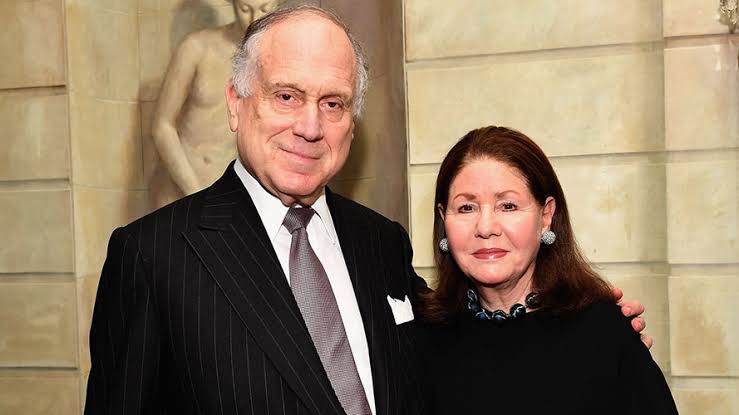
Ronald Lauder, the heir to the Estée Lauder fortune ($4.7 billion), and Jo Carole’s 4,000-piece collection, which is worth $1 billion, includes works from the Middle Ages to the present day, with Gustav Klimt’s Portrait of Adele Bloch-Bauer I ($135 million) being the most famous. It focuses on German and Austrian Expressionism (Schiele, Dix) and contains 90 items of weaponry and armor that were given to the Met in 2020. Lauder founded the Neue Galerie in 2001 to show off his “OMG” purchases. Their donations help the Whitney and MoMA. In 2025, when Leonard’s brother sold his $400 million Klimt collection at Sotheby’s, the Lauders continued to protect Jewish cultural history through art.
6. François Pinault

The 10,000-piece contemporary art collection of Kering founder François Pinault is worth $1.5 billion and supports three museums: Palazzo Grassi and Punta della Dogana in Venice and the Bourse de Commerce in Paris, which cost $170 million to establish. Hirst, Koons, and Sherman are some of the most important artists. The Minimalism show at Bourse in 2025 will have more than 100 loans. Pinault is wealthy $29 billion and owns Christie’s ($1.2 billion purchase) and supports residences in Lens. His 50-year devotion, which began with a Sérusier in 1980, focuses on sharing free entrance and global loans making him Europe’s top modern art patron in 2025.
7. Viktor Pinchuk
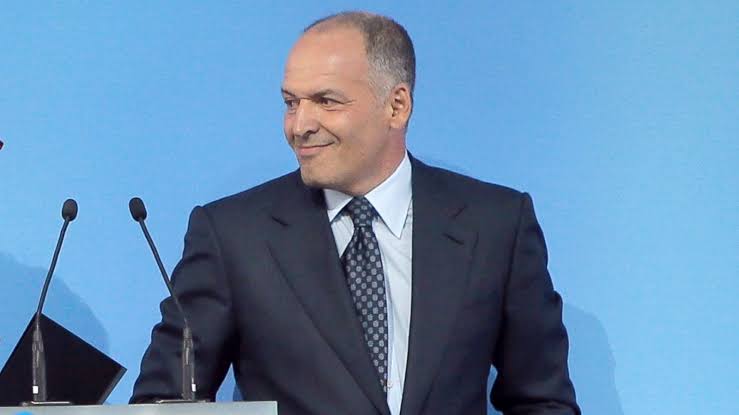
Viktor Pinchuk, a Ukrainian steel billionaire with a net worth of $3.3 billion, is interested in modern art. His collection, which is worth $500 million, includes Hirst and Koons sculptures in his Kyiv garden. He started the PinchukArtCentre in 2006 through the Victor Pinchuk Foundation. It has since hosted 3 million visitors and the Future Generation Art Prize, which is a $100,000 award given every two years. In 2025, despite the problems in Ukraine, Lesia Vasylchenko won the PinchukArtCentre’s Prize (400,000 UAH) for a piece about war. His investments in Ukrainian artists help them get known around the world, mixing his wealth with cultural diplomacy at events like Davos and the Venice Biennale.
8. Mitchell Reyls
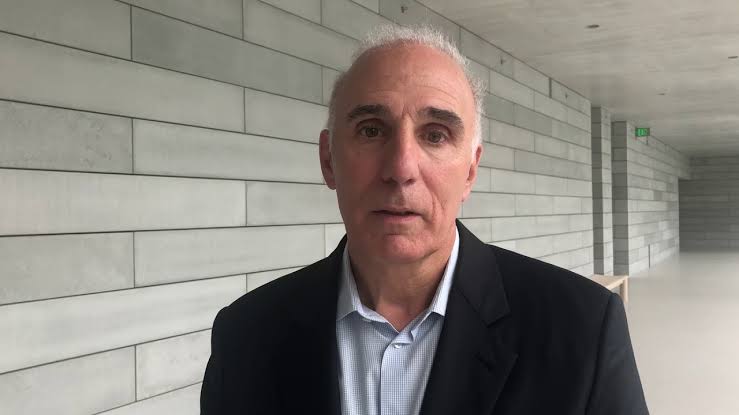
Emily Wei and Mitchell Rales, an industrialist worth $5 billion The Glenstone museum in Maryland, which is owned by Rales, has a $1.4 billion postwar collection of 1,300 pieces by Johns, Kelly, Basquiat, and Marshall. The 2018 addition cost $219 million and added pavilions. In 2021, Rales gave $1.9 billion, which is almost as much as the Met’s endowment of $4.6 billion. Previously head of the National Gallery of Art, Rales collects in depth, collecting Noland’s whole Gagosian show in 2024. Glenstone’s 230-acre property limits visitation for immersion, which is in line with their idea of art as an enduring legacy.
9. Carlos Slim Elu
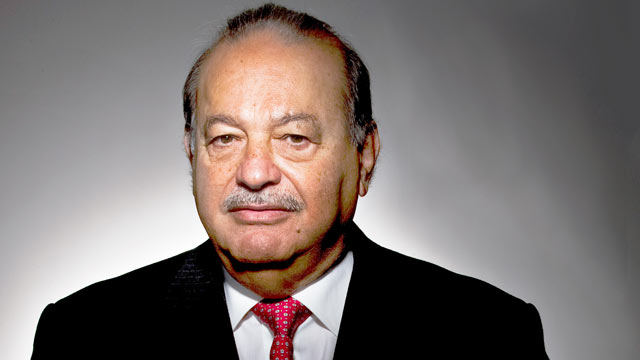
Carlos Slim Helú, a telecom billionaire with a net worth of $92 billion, has his 66,000-piece collection worth $1 billion on display in the free-admission Museo Soumaya ($70 million build). Mexico’s most popular museum, with 1 million visitors a year, has everything from Rodin (more than 100 works) and Dalí to pre-Columbian relics and 2,000 spoons and Columbus manuscripts. Slim’s Fundación Carlos Slim pays for operations; in 2025, it will help with education and health as well as art loans. His attitude was “Share it universally,” which meant making his own wealth available to everyone.
10. Sheikh Saud bin Muhammad bin Ali Al Thani
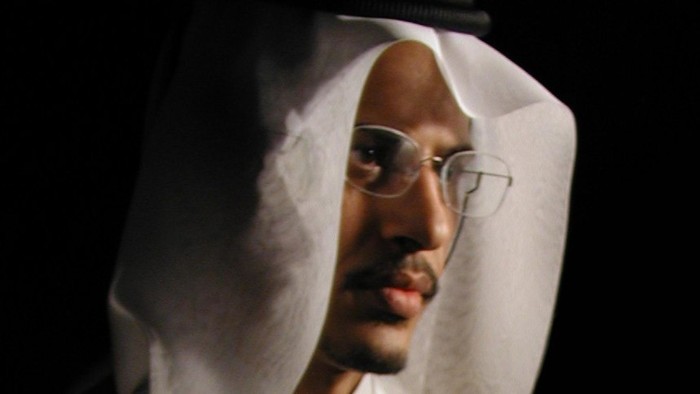
Before being accused of corruption, the late Sheikh Saud (d. 2014), the culture minister of Qatar, accumulated a $1.5 billion collection of Islamic antiquities, Mughal jewelry, manuscripts, and fossils. He bought Greek coins and vintage cars during his 1990s binge, which rocked auctions. Family conflicts resulted in debts over $100 million. His legacy is still being carried on in 2025 by Qatar Museums, whose collections such as endangered birds have an impact on conservation (Al Wabra Wildlife). Saud was once the world’s biggest spender, and his varied purchases from carpets to dinosaurs showcase royal ambition in international art.






I must say this article is extremely well written, insightful, and packed with valuable knowledge that shows the author’s deep expertise on the subject, and I truly appreciate the time and effort that has gone into creating such high-quality content because it is not only helpful but also inspiring for readers like me who are always looking for trustworthy resources online. Keep up the good work and write more. i am a follower.
Great article, thank you for sharing these insights! I’ve tested many methods for building backlinks, and what really worked for me was using AI-powered automation. With us, we can scale link building in a safe and efficient way. It’s amazing to see how much time this saves compared to manual outreach.
Great article, thank you for sharing these insights! I’ve tested many methods for building backlinks, and what really worked for me was using AI-powered automation. With us, we can scale link building in a safe and efficient way. It’s amazing to see how much time this saves compared to manual outreach.
I must say this article is extremely well written, insightful, and packed with valuable knowledge that shows the author’s deep expertise on the subject, and I truly appreciate the time and effort that has gone into creating such high-quality content because it is not only helpful but also inspiring for readers like me who are always looking for trustworthy resources online. Keep up the good work and write more. i am a follower.
You are my breathing in, I have few web logs and infrequently run out from brand :). “Analyzing humor is like dissecting a frog. Few people are interested and the frog dies of it.” by E. B. White.
It is in point of fact a great and useful piece of info. I’m happy that you shared this helpful info with us. Please stay us informed like this. Thanks for sharing.
I think this web site has some really good info for everyone. “The human spirit needs to accomplish, to achieve, to triumph to be happy.” by Ben Stein.